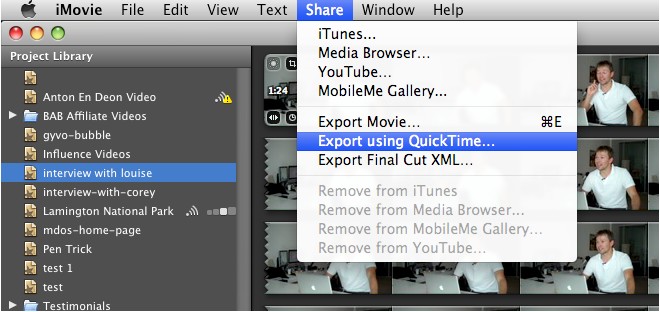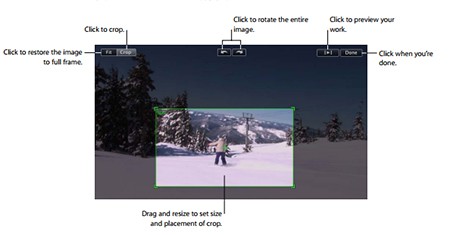
Finally, you can use a third-party application like Permute to handle the whole process for you.You can also use Finder to change the extension to MP4, although this can sometimes lead to undesirable results.It is available for download in the App Store. You can use iMovie to convert your MOV to MP4.MOV is the Apple proprietary format, whereas MP4 is the internationally accepted video format.The main differences between MOV and MP4 are the compression (file size) and quality.Method 3: Using a Third-party Application to Convert MOV to MP4.Method 2: Using Finder to Convert MOV to MP4.Method 1: Using iMovie to Convert MOV to MP4.Different Ways to Convert MOV to MP4 on Mac.What is the Difference between MOV and MP4?.Then save and import the converted clip into iMovie. Wait a couple of minutes for the conversion to complete. Navigate to your video and choose it as the source from the resulting screen.

Re-rendering often cures issues.Ī simple way to do it is to open Handbrake and do a File/Open Source. Do that even if the codec already is indicated to be Mp4/AAC. Then share out the movie and see if QuickTimePlayer will play it.įailing that, try converting your troublesome video to H.264, Mp4/AAC with the free download, Handbrake.



If still no luck getting the exported movie to play in QT try doing an Edit/Select All, Edit/Copy, of the media in your project and pasting it into a newly created project. Share out your project again and see if the exported movie will play in QT. Reopen your old library to get back to your projects. To delete preferences, open iMovie while holding down the Option and Command keys and select to delete preferences in the box that appears. Deleting preferences is a safe procedure that will not cause data loss or disruption to your project. Try deleting preferences and then exporting again. What version of QuickTimePlayer are you using? On my Mac, running Mojave and iMovie 10.1.12, QuickTimePlayer version 10.5 plays all Mp4 movies exported by iMovie.


 0 kommentar(er)
0 kommentar(er)
